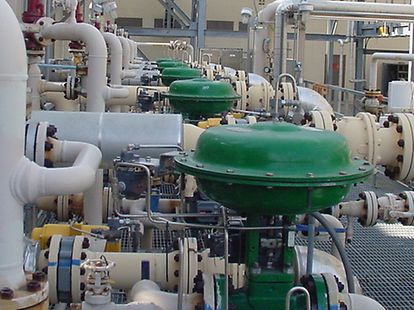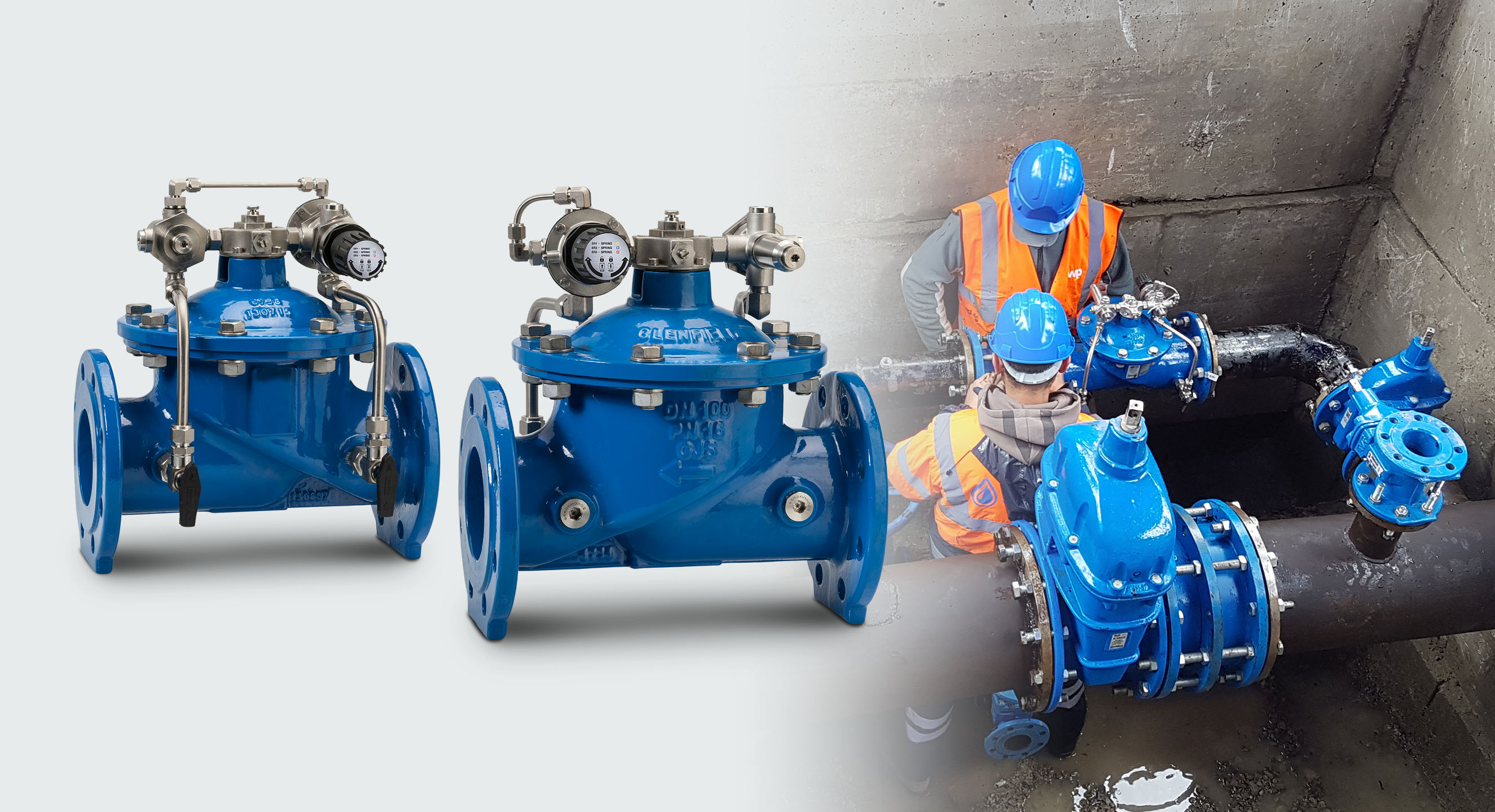Comprehending the Relevance of Control Valves in Process Automation
Comprehending the Relevance of Control Valves in Process Automation
Blog Article

Maximize Energy Savings and Comfort With Advanced Building Automation Controls
In the world of contemporary style and center administration, the combination of innovative structure automation controls stands as a pivotal development. The convergence of modern technology and sustainability has actually birthed a brand-new era where energy efficiency, convenience optimization, and functional streamlining are no more distant ambitions yet achievable facts. By harnessing the power of automation, buildings can adjust, react, and develop in manner ins which were when inconceivable. The capacity for considerable power savings and improved convenience is not just an opportunity but a pledge waiting to be satisfied. This standard shift in structure administration holds the essential to opening a globe where environmental conscientiousness and resident wellness sympathetically exist together within the walls of our frameworks.
Power Performance Benefits
Power efficiency advantages can significantly decrease power usage and functional expenses in buildings. Energy-efficient systems, such as advanced structure automation controls, can enhance the use of resources like home heating, illumination, and air conditioning, leading to reduced power costs over time.
Furthermore, boosted power efficiency can prolong the life-span of structure tools and systems. By operating extra effectively, a/c systems, lighting fixture, and other building elements experience much less damage, causing decreased upkeep and substitute prices. In addition, energy-efficient structures often regulate greater property values and rental rates, giving lasting monetary advantages to proprietors.
In addition, energy efficiency can improve owner comfort and efficiency. Correctly regulated interior environments with optimal lighting and thermal problems develop an even more helpful and enjoyable workspace, resulting in boosted staff member contentment and performance. On the whole, the energy efficiency advantages connected with sophisticated building automation controls are multifaceted, incorporating price financial savings, environmental stewardship, and owner health.
Improved Convenience Control
Enhancing comfort control in structure atmospheres needs an advanced combination of innovative automation systems for optimal passenger health. By utilizing sophisticated structure automation controls, facilities can customize the interior setting to meet the specific requirements and choices of passengers. These systems allow precise policy of air flow, temperature level, and lights, creating a comfy and effective environment. Occupant fulfillment and performance are carefully connected to thermal comfort, making it important to have systems in position that can adjust to altering problems in real-time.
Enhanced convenience control goes past standard temperature level changes. It includes functions such as customized settings, tenancy sensors, and natural light usage to develop a vibrant and responsive atmosphere. By integrating these sophisticated controls, buildings can not just improve comfort but additionally boost energy efficiency by enhancing system procedures based on actual tenancy and use patterns. Ultimately, focusing on passenger convenience with innovative automation systems leads to a more enjoyable and healthier interior atmosphere.
Operational Effectiveness Improvements

Additionally, the application of real-time monitoring and analytics tools allows structure operators to recognize energy inadequacies and functional abnormalities without delay. By continually keeping track of power usage patterns and system efficiency metrics, modifications can be made in real-time to maximize energy intake and make sure peak operational performance. go to this web-site control valves. Furthermore, incorporating demand action techniques into building automation controls can even more improve functional efficiency by dynamically changing energy use based on grid problems and pricing signals
Indoor Climate Optimization
Efficient indoor environment optimization is an essential facet of structure automation controls, ensuring passengers' convenience and health while maximizing energy financial savings. By using advanced sensing units and controls, constructing automation systems can constantly keep an eye on and readjust temperature level, moisture levels, air high quality, and air flow to develop an optimal indoor atmosphere. Preserving constant and comfortable problems not just enhances occupant complete satisfaction but also enhances productivity and total well-being.
Indoor climate optimization likewise plays a crucial duty in power efficiency. By fine-tuning air flow, cooling, and heating systems based on real-time information and occupancy patterns, developing automation controls can significantly decrease power intake - control valves. For example, executing strategies such as demand-controlled ventilation and thermal zoning can assist minimize power waste while making sure that each area of the structure gets the required conditioning.

Lasting Setting Production
Structure automation controls not just optimize indoor climate problems for power efficiency and resident comfort but likewise lay the foundation for developing a sustainable atmosphere through calculated monitoring of sources and systems. By integrating innovative building automation innovations, such as sensors, actuators, and smart software application, centers can change and check energy usage in real-time to lessen waste and minimize their carbon impact. These systems allow predictive maintenance, determining possible issues prior to they escalate and optimizing tools efficiency to improve long life and performance.
Furthermore, lasting environment creation extends past energy monitoring to include water conservation, waste reduction, and indoor air top quality enhancement. Building automation my link controls can regulate water usage, find leakages, and make sure appropriate waste disposal practices, adding to total sustainability efforts. Additionally, by managing and monitoring air flow and purification systems, these modern technologies enhance resident health and wellness and performance while lowering power consumption connected with HVAC procedures.
Final Thought
To conclude, progressed building automation manages deal substantial benefits in terms of energy cost savings, convenience control, functional performance, indoor environment optimization, and developing a sustainable setting. By executing these controls, buildings can achieve optimal performance while reducing power usage and enhancing owner convenience. It appears that making use of sophisticated automation technology is vital in enhancing structure efficiency and developing a more lasting future.
Power performance benefits can significantly decrease power intake and operational expenses in structures. Overall, the energy performance advantages connected with sophisticated structure automation controls are complex, encompassing expense financial savings, environmental stewardship, and resident wellness.
Furthermore, incorporating need feedback techniques right into building automation controls can additionally boost functional efficiency by dynamically changing energy usage based on grid problems and pricing signals.
Building automation manages not only enhance interior environment problems for energy performance and owner comfort yet likewise lay the foundation for developing a lasting atmosphere with strategic management of systems and resources.In final thought, advanced building automation controls offer considerable advantages in terms of power cost savings, see comfort control, functional performance, interior climate optimization, and creating a sustainable setting.
Report this page